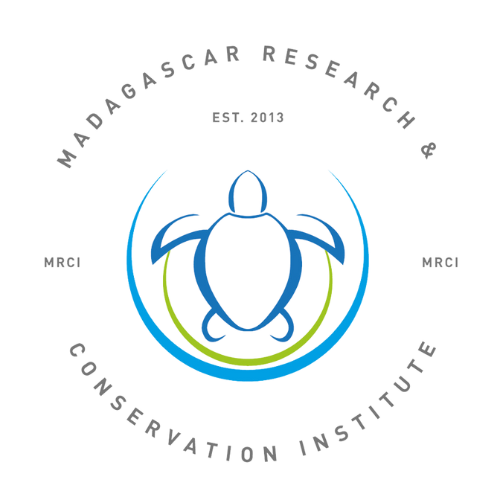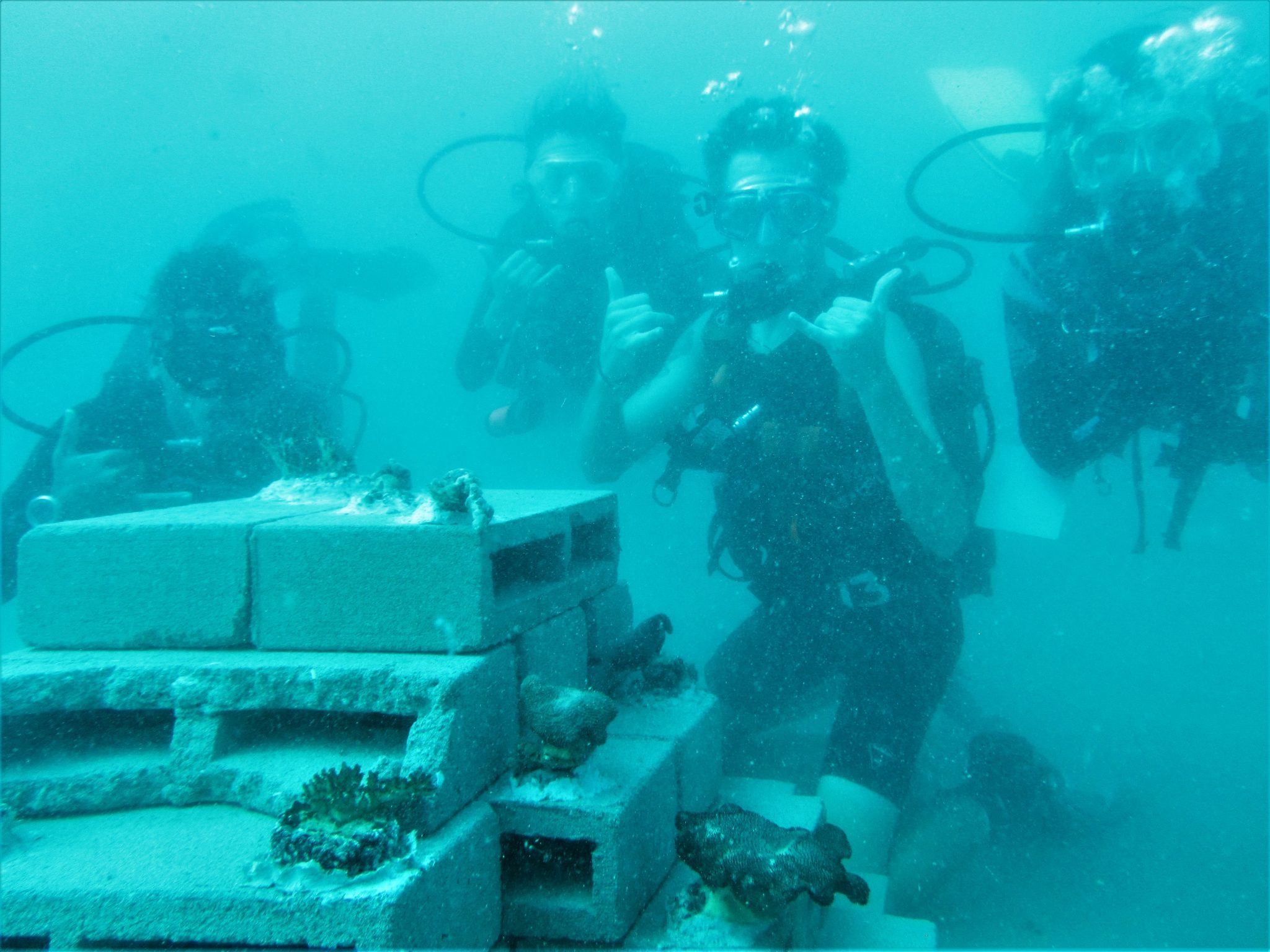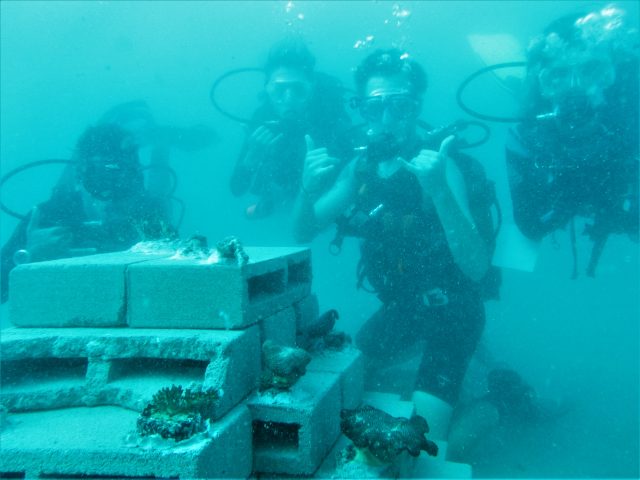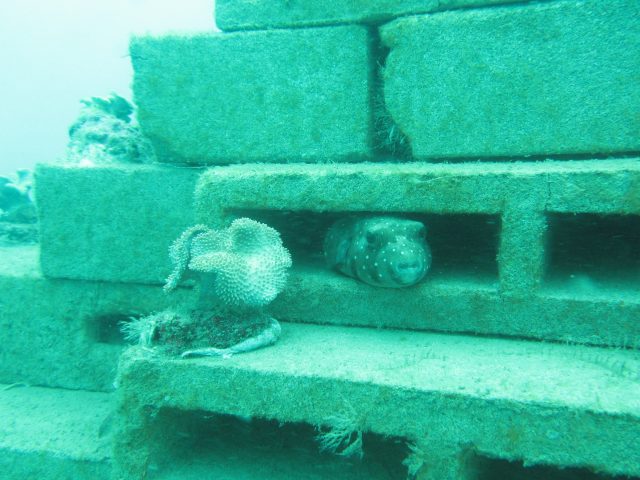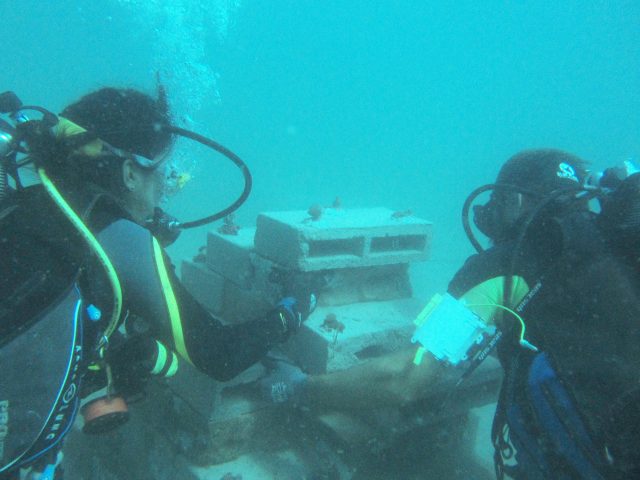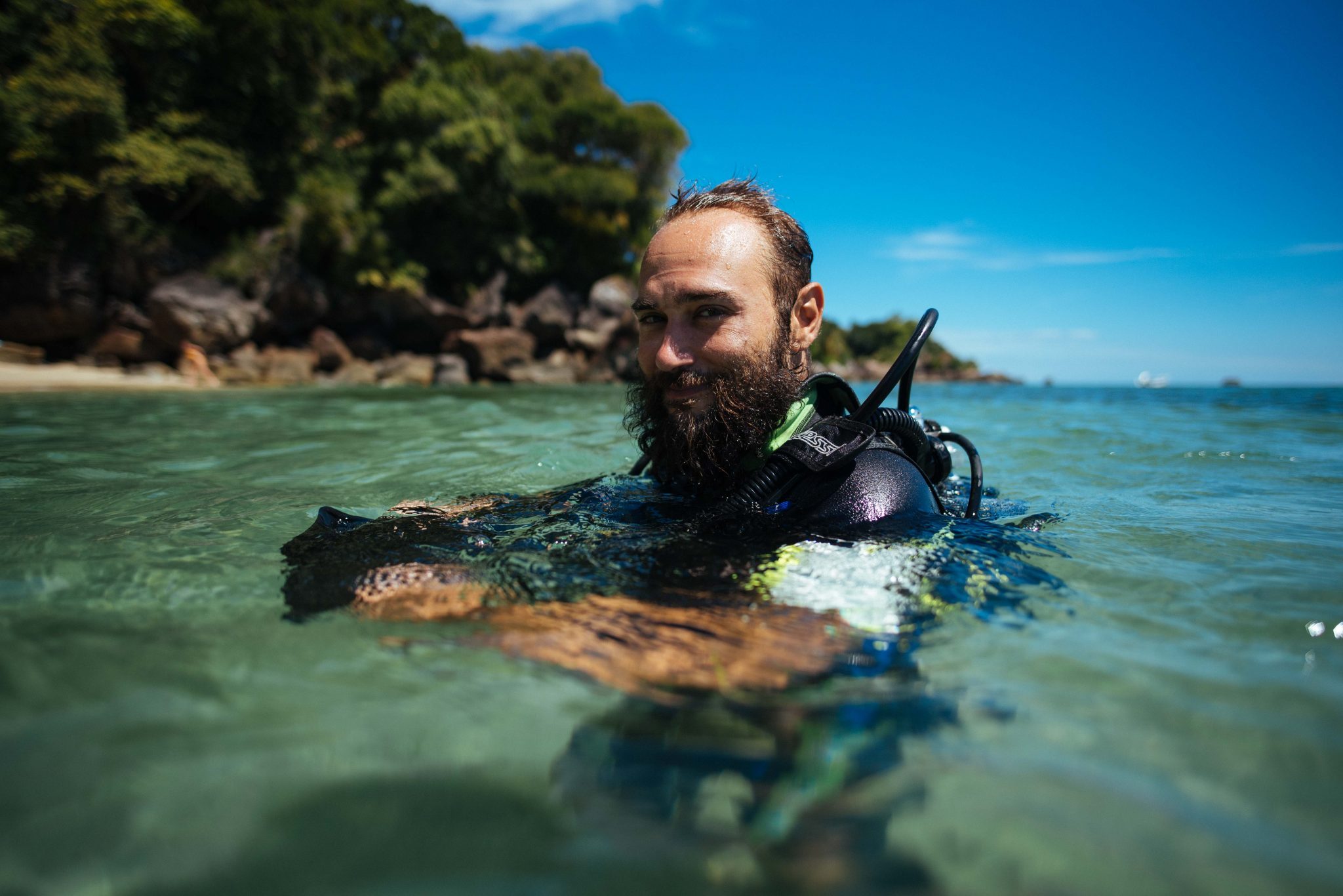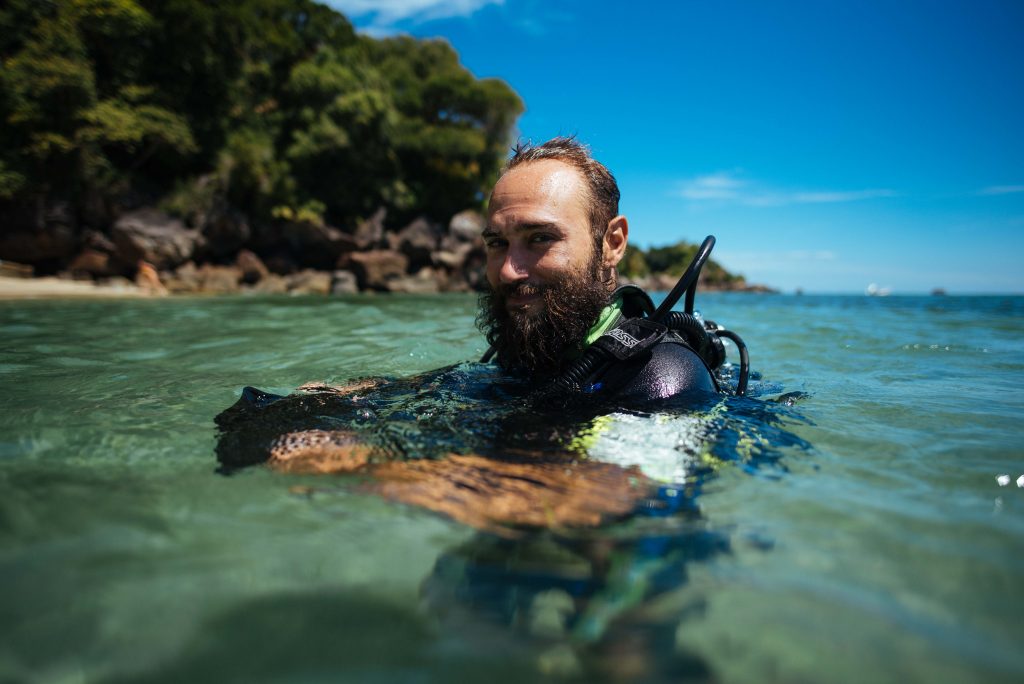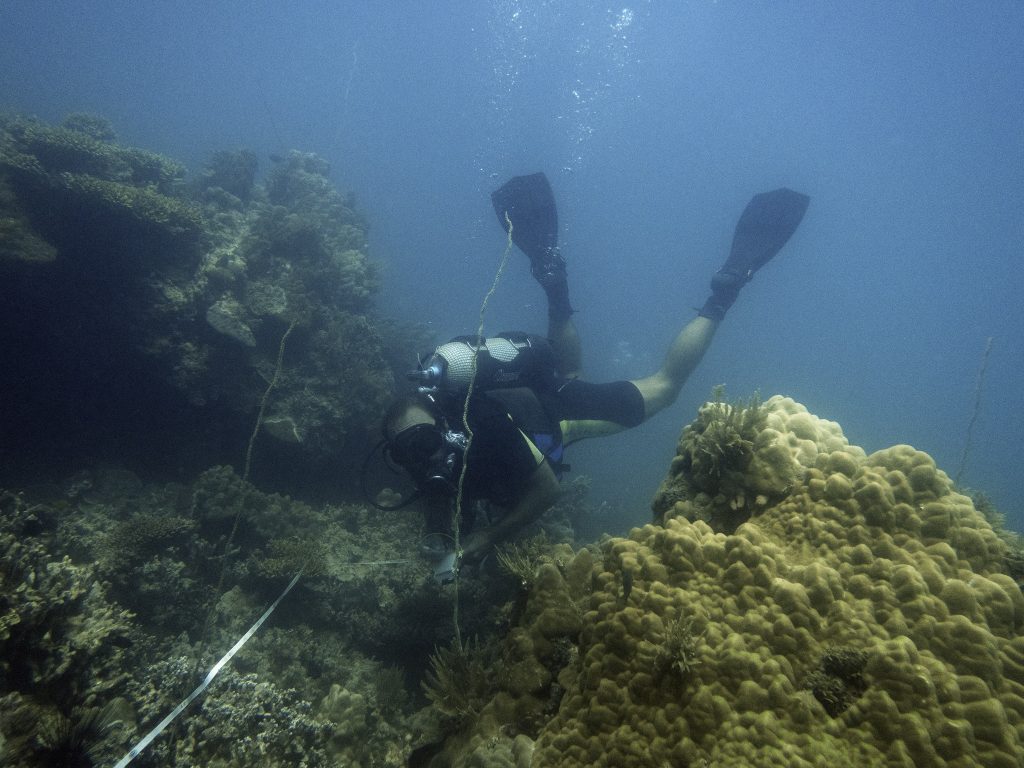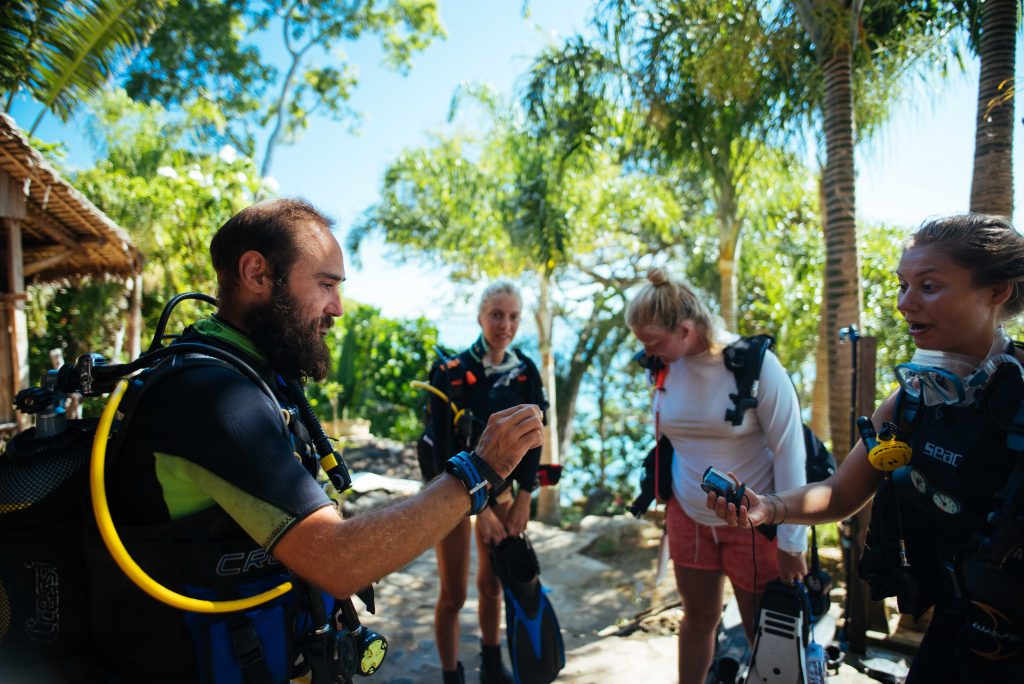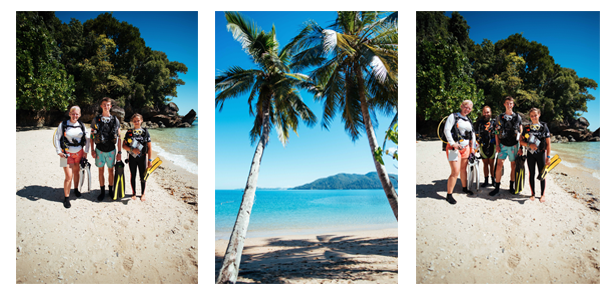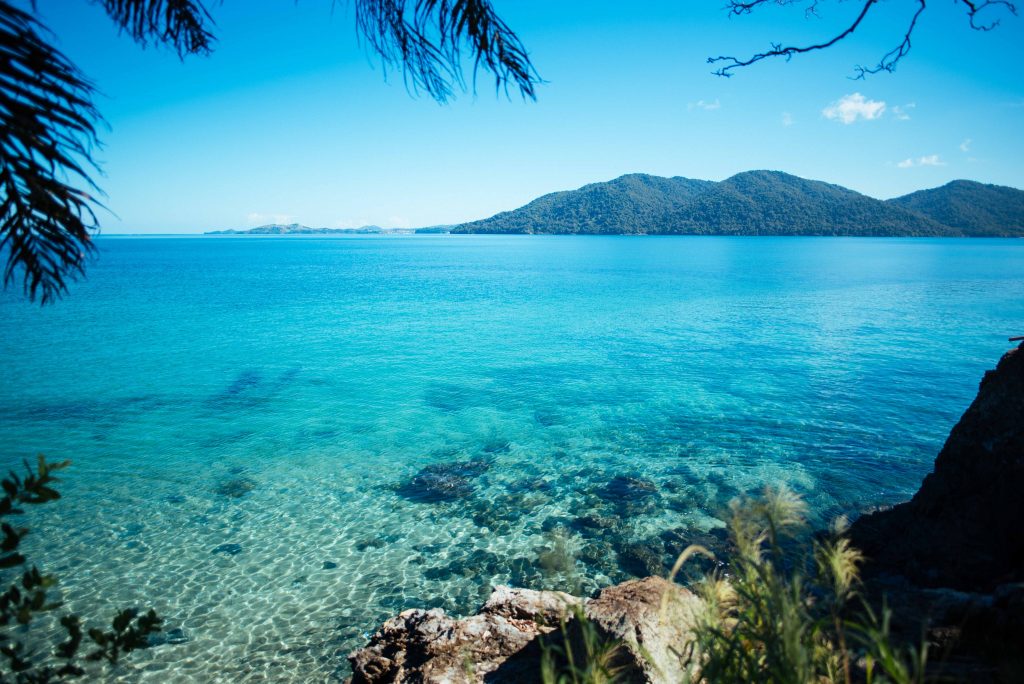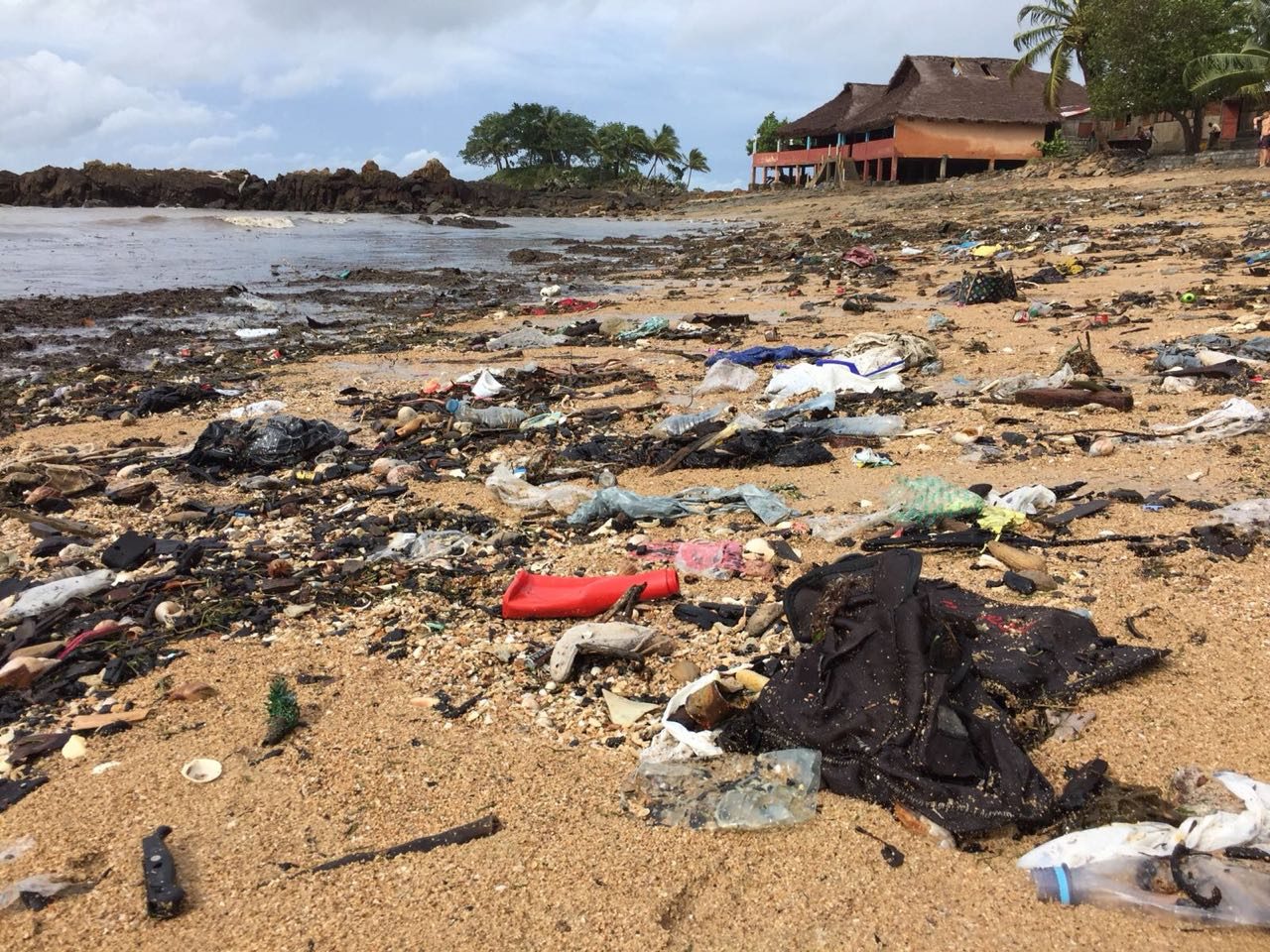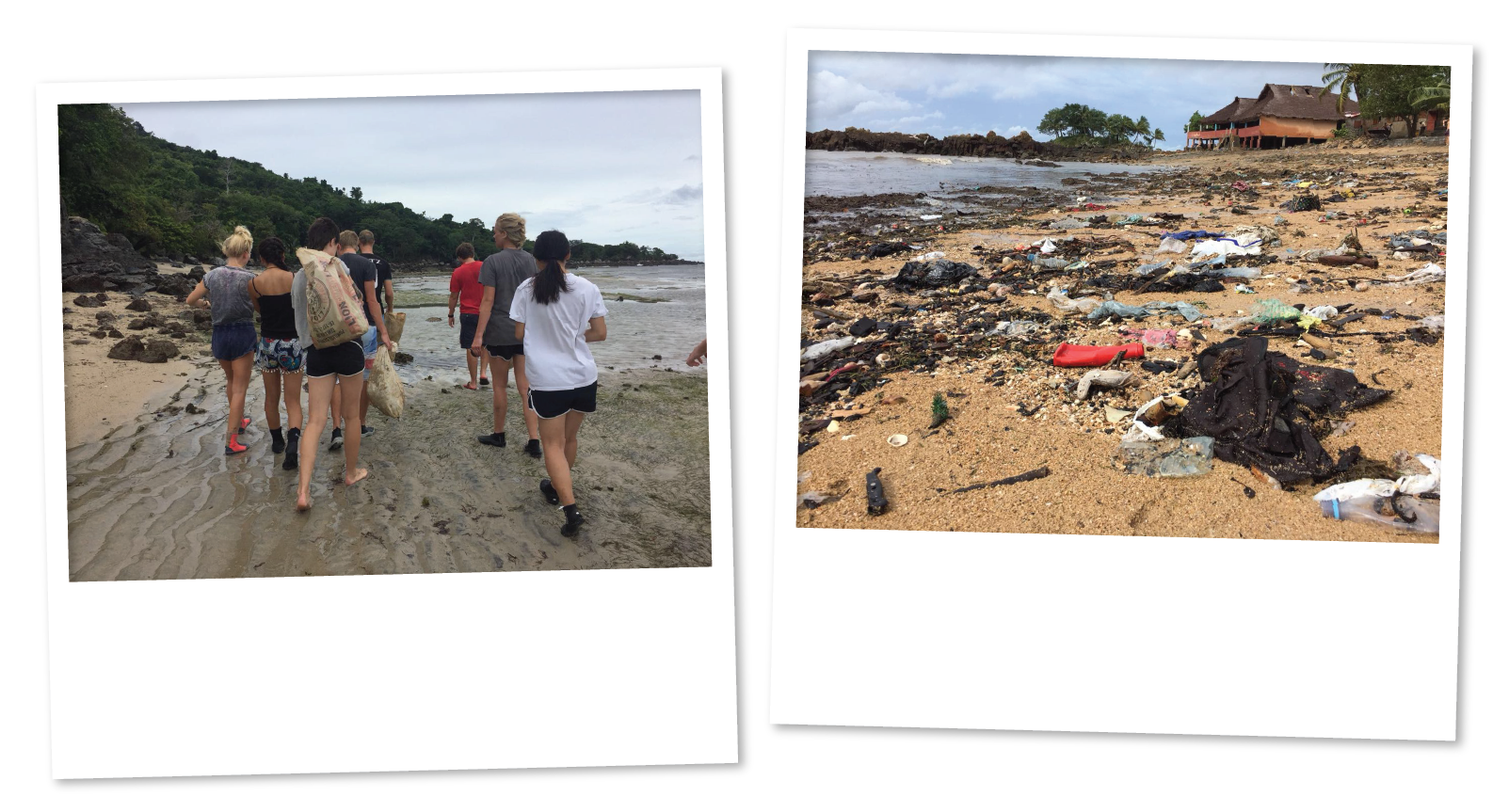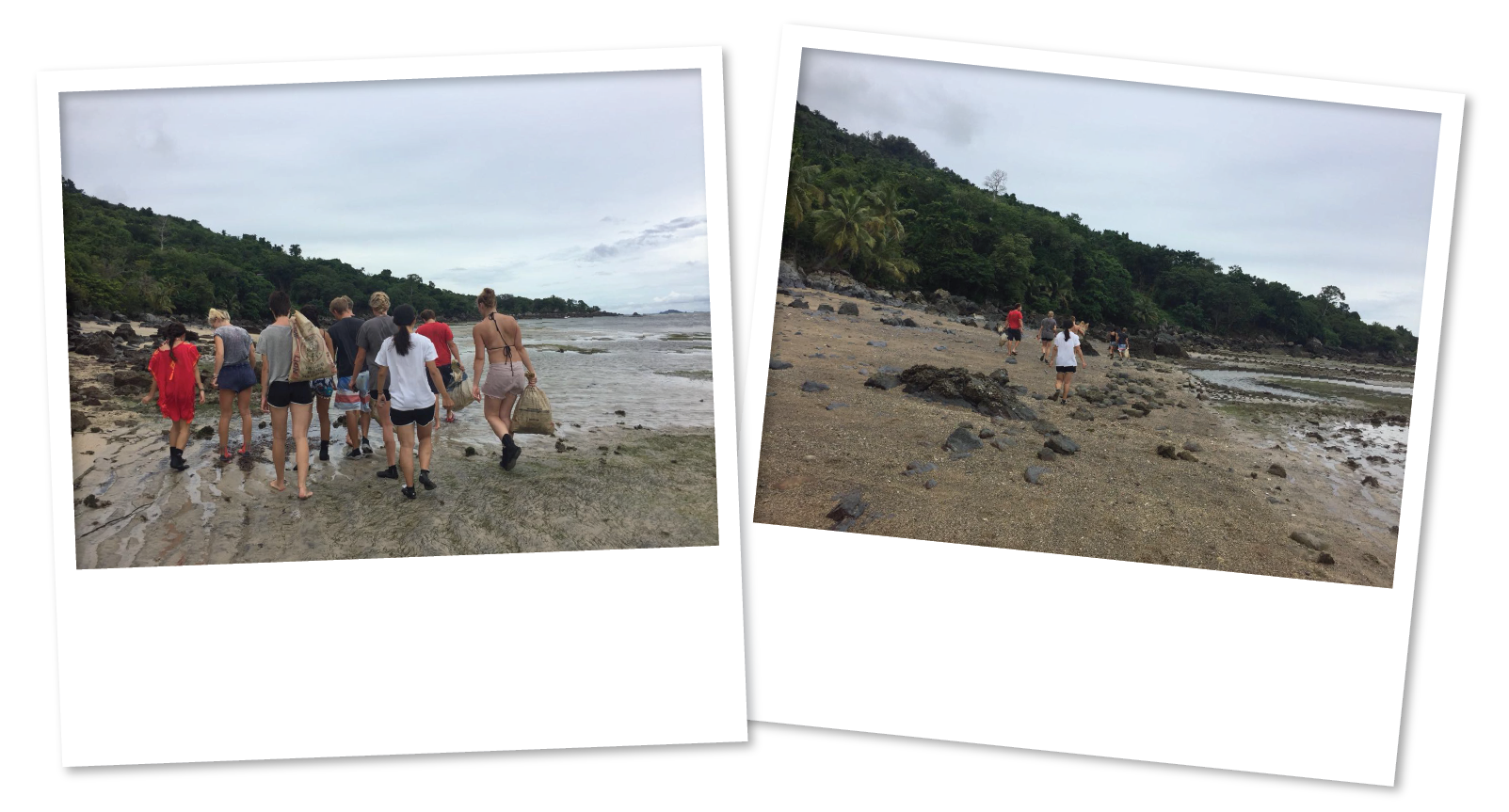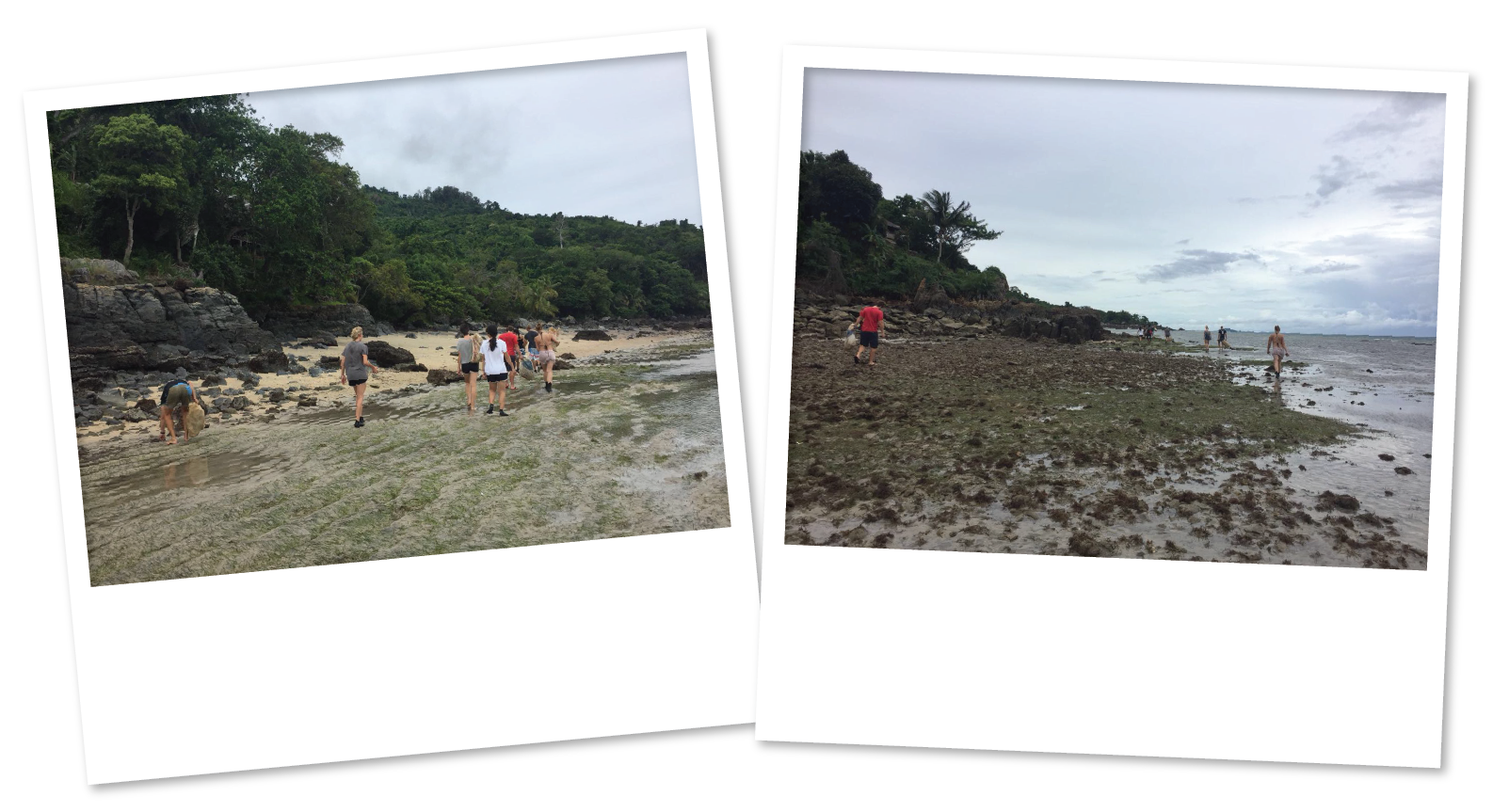Artificial Reef built by Volunteers
An artificial reef is a man made structure built with the specific aim of to promote the marine life of an area. Some artificial reefs are created accidentally such as ship wrecks and others have been created intentionally such as the reef built by MRCI.
Due to natural and man made issues the coral reef located right off of our home beach has suffered from coral bleaching as well as large sections dying off. Human actions such as overfishing and natural issues such as the yearly cyclones that affect Nosy Komba have played a role in the decline of our reef.
In November of 2016 MRCI was able to get our home reef approved as a Marine Protected Area (MPA). The World Wildlife Fund describes a marine protected area as, “An area designated and effectively managed to protect marine ecosystems, processes, habitats, and species, which can contribute to the restoration and replenishment of resources for social, economic, and cultural enrichment”. The MRCI Marine Protected Area is a strict no fishing zone. By banning fishing on our reef we are allowing the ecosystem to recover from the years of over fishing which had occurred.
MRCI Marine staff and Volunteers have worked hard to create multiple artificial reefs of our own. During one addition to our reef Staff and Volunteers built 30 boulder-like structures which were arranged in lines parallel to the existing natural reef inside our MPA. The collection of domes was named the orchard and had 280 baby corals transplanted onto the 30 domes! MRCI had access to the baby corals thanks to friends of our partner organization CNRO and Nosy Be aquaculture.
Our current reefs have provided a substrate for a huge array of benthic and sessile organisms to grow. To name a few, sponges, soft corals, ascidians, algae, oysters and crabs. The reefs also have a range of juvenile fish, cuttlefish and squid.
Artificial reefs can be highly beneficial to the marine life in an area because it provides a hard surfaces where algae and invertebrates such as barnacles, corals, and oysters can attach. The accumulation of attached marine life then provides an intricate structure and a food source for assemblages of fish.
There can be downfalls if an artificial reef is not correctly implemented. For example, the materials used in the construction of artificial reefs are not always environmentally friendly. In some areas tires and PVC pipe are a common material in reef construction. Over time these materials will break down and release toxins as well as smaller debris into the ocean.
Artificial reefs also have been known to draw new life from already existing natural reefs. When this occurs the near by natural reefs suffer due to the large number of species that have left. The artificial reefs that are successful tend to have large concentrations of fish living on them. When fish are found in large concentrations it makes them easier to fish.
MRCI has taken these issues into account when building our own reefs. Our reefs are built out of concrete which can be formed to create structures. Concrete is a porous material which encourages the growth of algae and coral over time. It also does not release toxic chemicals into the ocean when it breaks down. Our artificial reef is also constructed within our Marine Protected Area to ensure that the fish living on our reef will not be easy targets for fishermen. Having a protected area where fishing is banned has allowed for our artificial reefs to naturally progress and slowly integrate into the marine ecosystem that already exists in the area.
Getting to work on our artificial reef projects have been a highlight for many of our Marine Volunteers! Volunteers get to help in the construction, coral transplants, reef placement, baby coral cleans, as well as the on going reef surveys! Being a part of such an important ongoing projects lets volunteers see some of the immediate impacts that their work is doing.
